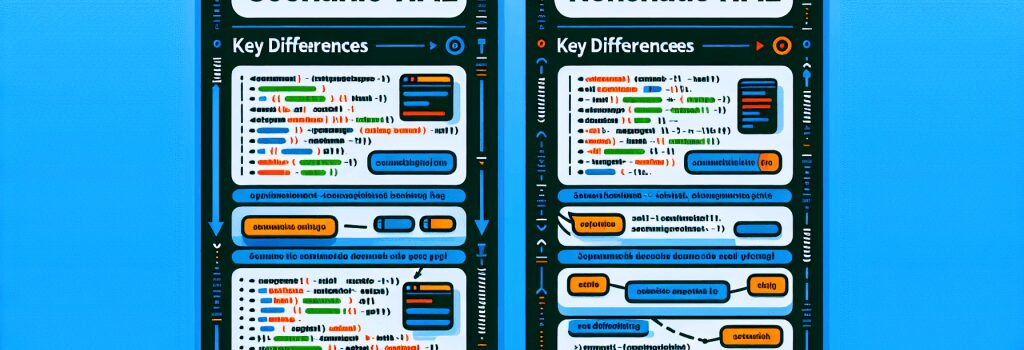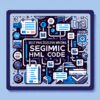Semantic HTML vs. Non-Semantic HTML: Key Differences

Understanding Semantic HTML vs. Non-Semantic HTML: Key Differences
In the realm of web development, HTML stands as the foundational language. It not only structures the web content but also plays a pivotal role in ensuring the accessibility and search engine optimization (SEO) of websites. An essential aspect of mastering HTML involves understanding the difference between semantic and non-semantic elements, and why the distinction matters for developers, users, and search engines alike.
What is Semantic HTML?
Semantic HTML refers to the use of HTML markup to reinforce the semantics, or meaning, of the information in webpages and web applications rather than merely defining its appearance. These elements clearly describe their meaning to both the browser and the developer, enhancing web accessibility and SEO.
Examples of semantic elements include:
– ;<article>>
– ;<aside>>
– ;<details>>
– ;<figcaption>>
– ;<figure>>
– ;<footer>>
– ;<header>>
– ;<main>>
– ;<mark>>
– ;<nav>>
– ;<section>>
– ;<summary>>
– ;>
These tags provide an explicit clue about the type of content they contain, which helps search engines to index the page more effectively and accessibility tools to present content in a useful manner.
Non-Semantic HTML Elements
On the other side of the spectrum, non-semantic elements tell nothing about their content. They are used purely to define the presentation or layout of a page. The most common non-semantic elements are ;<div>> and ;<span>>. They serve as containers for HTML elements and are widely used for styling purposes with CSS or for grouping blocks of code.
Key Differences Between Semantic and Non-Semantic HTML
Accessibility
Semantic HTML plays a crucial role in accessibility. Screen readers and other assistive technologies rely on semantic elements to provide a more coherent navigation experience. For example, a ;<nav>> element is immediately recognizable as containing navigation links. In contrast, non-semantic elements such as ;<div>>s and ;<span>>s do not offer any indication of their content, making it harder for assistive technologies to interpret them.
SEO
Search engines favor web content that is logically organized and easily parsed. Semantic HTML elements enable search engines to understand the structure and content of your web pages better. Using semantic elements to highlight important content (like using ;<header>> for the site header or ;<nav>> for navigation links) can contribute positively to a site’s SEO.
Maintainability and Readability
From a development viewpoint, using semantic HTML also improves the maintainability and readability of code. It leads to a cleaner, more straightforward HTML structure that is easier for developers to understand and manipulate. This practice can significantly reduce the time required for future updates or debugging.
When to Use Semantic HTML over Non-Semantic Elements
While non-semantic elements can be essential for styling purposes, developers should prioritize semantic elements whenever possible. This approach ensures that the content is accessible, clearly structured, and favorable to SEO practices. Use non-semantic tags only when a semantic alternative does not exist for the needed functionality or when grouping elements for styling or scripting purposes.
In conclusion, the thoughtful application of semantic HTML significantly enhances the user experience, accessibility, and search engine visibility of web content. By understanding the differences between semantic and non-semantic HTML and appropriately applying that knowledge, web developers can create more effective, efficient, and accessible websites. Embracing semantic HTML is a stepping stone to becoming a web developer who is mindful of creating inclusive and SEO-friendly web experiences.


